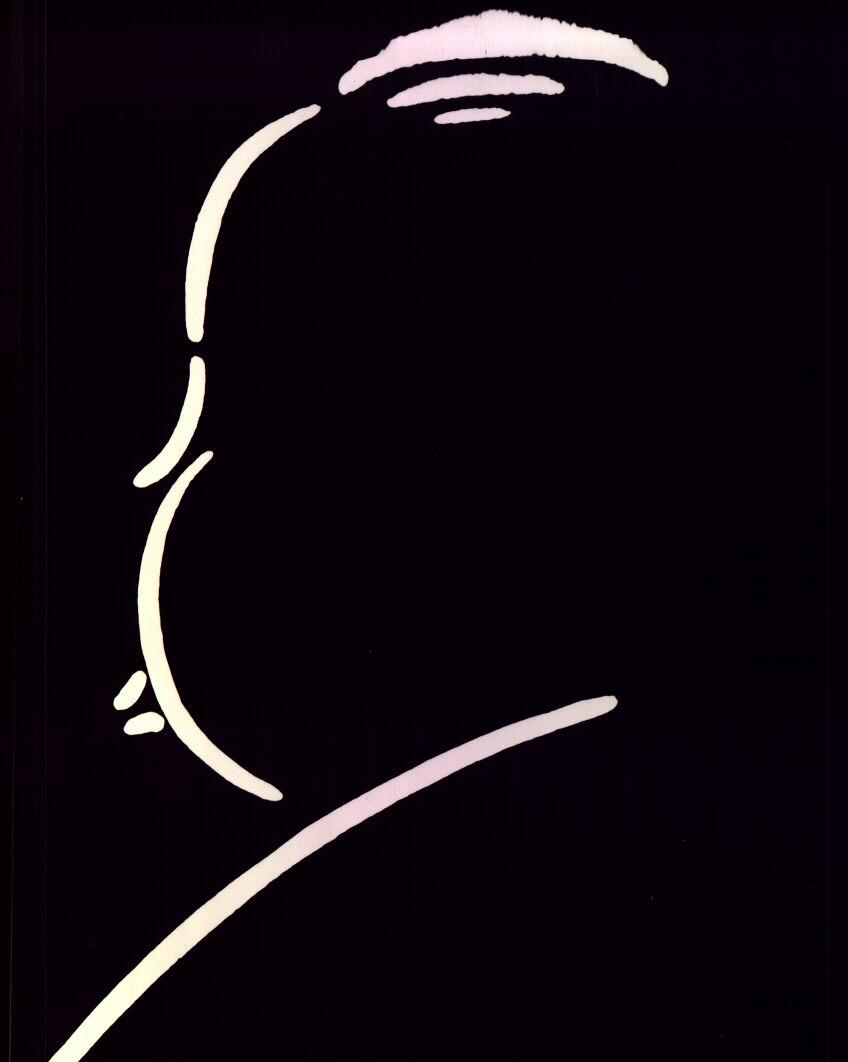Alfred Hitchcock, often hailed as the “Master of Suspense,” remains an enduring figure in the world of cinema, whose innovative techniques and storytelling prowess continue to influence filmmakers and captivate audiences worldwide. From the eerie silhouette of Norman Bates in “Psycho” to the nerve-wracking tension of “Rear Window,” Hitchcock’s films are more than mere thrillers; they are intricate studies in suspense and human psychology. This article explores the legacy of Alfred Hitchcock, delving into how his unique approach to tension and storytelling has left an indelible mark on the film industry. As we unravel the elements that make his work timeless, we celebrate a legacy that not only shaped a genre but also set a benchmark for cinematic excellence.
Crafting Cinematic Suspense: Hitchcocks Timeless Techniques
Alfred Hitchcock’s genius in building suspense is rooted in his meticulous attention to detail and innovative storytelling techniques. He often utilized camera angles and movements to create a sense of unease and anticipation. For instance, the use of the dolly zoom, famously employed in “Vertigo,” distorts the background while keeping the subject in focus, generating a feeling of disorientation that mirrors the character’s internal turmoil.
Another hallmark of Hitchcock’s suspense mastery is his ability to play with audience expectations. By providing viewers with more information than the characters themselves have, he cultivated a unique form of dramatic irony. Consider the scene in “Psycho” where the audience knows about the impending danger in the shower scene long before Marion Crane does. This technique of heightened awareness ensures that viewers remain on the edge of their seats, anxiously awaiting the inevitable. Additionally, Hitchcock’s frequent use of MacGuffins—objects or events that serve as a trigger for the plot but are ultimately insignificant—kept audiences guessing and deeply engaged.

Innovative Storytelling: The Art of Building Tension
Alfred Hitchcock’s legacy in film is a testament to his genius in creating tension, a skill that continues to inspire filmmakers and storytellers today. His approach to suspense was not just about the narrative but also about how he engaged the audience, keeping them on the edge of their seats. Hitchcock’s techniques were innovative and meticulously crafted, involving a unique blend of visual storytelling, strategic pacing, and psychological manipulation.
- Visual Storytelling: Hitchcock used camera angles and movements to build anticipation. The famous “Vertigo” shot is a perfect example, creating a dizzying effect that mirrors the protagonist’s fear.
- Strategic Pacing: He mastered the art of timing, knowing exactly when to reveal crucial information and when to hold back, keeping the audience guessing.
- Psychological Manipulation: Hitchcock understood the human psyche, using it to his advantage by creating relatable characters and scenarios that tapped into viewers’ deepest fears.
By seamlessly weaving these elements, Hitchcock not only entertained but also left a lasting impact on how stories are told, proving that the real thrill lies in the journey, not just the destination.

Iconic Scenes: Analyzing Hitchcocks Masterpieces
Alfred Hitchcock’s films are renowned for their meticulously crafted scenes that have left an indelible mark on cinematic history. “Psycho”‘s shower scene is a masterclass in editing and sound design, creating a visceral experience that transcends the screen. The use of quick cuts, Bernard Herrmann’s shrieking score, and Janet Leigh’s terrified expressions converge to evoke unparalleled suspense and horror.
Another quintessential moment is the crop-duster sequence in “North by Northwest”. Hitchcock transforms a mundane setting into a battleground of tension, using vast open spaces to evoke a sense of vulnerability and isolation. The relentless approach of the crop-duster, coupled with Cary Grant’s desperate attempts to evade it, exemplifies Hitchcock’s genius in turning the ordinary into the extraordinary.
- Vertigo: The dizzying tower scene, employing innovative camera techniques to convey the protagonist’s acrophobia.
- Rear Window: The voyeuristic tension built through James Stewart’s perspective, observing the lives and potential crimes of his neighbors.
- The Birds: The gradual, unsettling buildup to chaos, transforming innocent birds into harbingers of doom.

Lessons for Modern Filmmakers: Emulating Hitchcocks Genius
One of the pivotal lessons for contemporary filmmakers from Alfred Hitchcock’s oeuvre is his masterful use of visual storytelling. Hitchcock was a virtuoso at conveying complex narratives through imagery alone, often eschewing dialogue in favor of powerful, evocative visuals. For instance, in “Rear Window,” the entire plot unfolds through the lens of a single room, yet the audience is captivated by the rich, unfolding drama outside the window. Modern filmmakers can learn to trust their visuals to carry the weight of the story, creating more immersive and emotionally resonant experiences.
Another invaluable takeaway is Hitchcock’s meticulous approach to building suspense. He understood that suspense is not merely about surprising the audience but about creating a sustained sense of anticipation. Some techniques to emulate include:
- Setting up expectations and then subverting them in unexpected ways.
- Using silence and minimalistic sound design to heighten tension.
- Employing tight, focused shots to draw attention to critical details.
- Crafting multi-layered characters whose motives and secrets add depth to the narrative.
By integrating these techniques, modern filmmakers can create stories that not only entertain but also engage the audience on a deeper, more psychological level.































